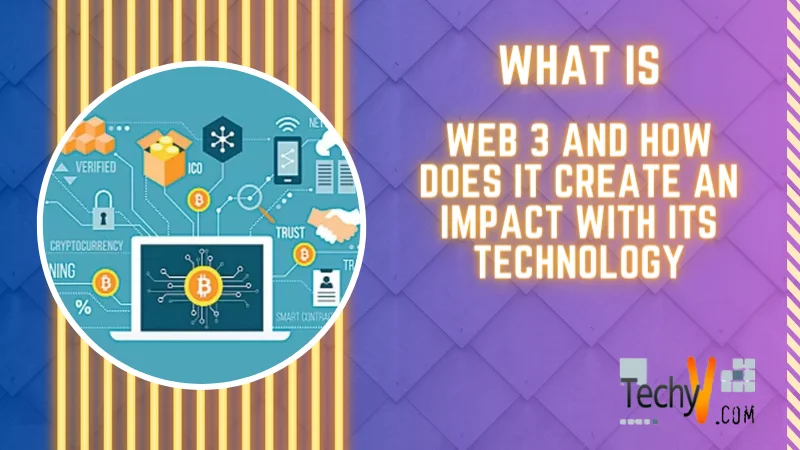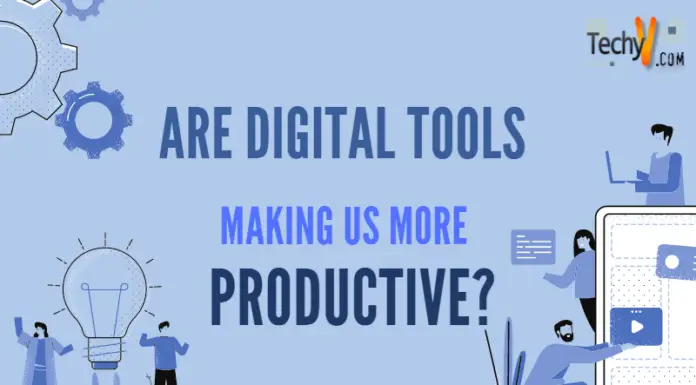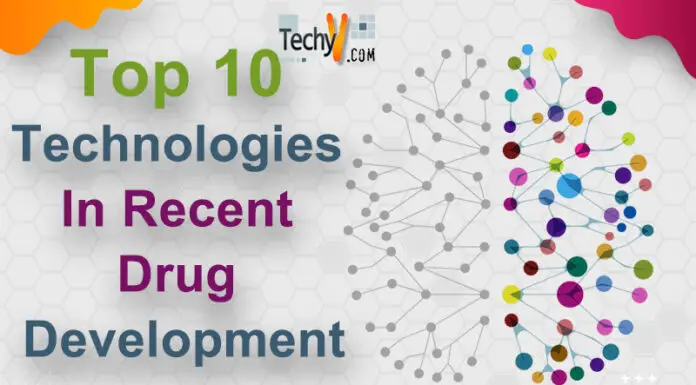Tim Berners-Lee, the creator of the WWW or World Wide Web, initially referred to Web 3.0 as the Semantic Web. He recognized Web 3.0 as an intelligent, self-sufficient, and open Internet that employed AI and machines as global brain functionaries that interpreted content conceptually and contextually.
However, this version does not work out well due to technological constraints. Take the example of challenges arising in translating human language like how expensive it is to translate it into machine-understandable language.
Web 3.0 is a discovery in online technology that enables people to produce, share, and connect data through search and analysis. It is based on word understanding not numbers and keywords with the use of machine learning and artificial intelligence. The bottom line is that Web 3.0 promotes more thoughtful and more receptive user demands.
1. Decentralization
The earlier two generations of the web were largely centralized mainly around governance and applications. Web 3.0 delivers applications and services through a distributive approach and does not depend on a central authority providing the ability to conduct transactions that include buying and selling products and services and securing loans, without the need for approval from the intermediary parties. In Web 2.0, computers search for data using HTTP in the form of web addresses kept on a single server. Information is likely to be stored in numerous places, ensuring decentralization. With Web 3.0, the data is found based on its content rather than a single location. It empowers individuals by dismantling the enormous databases that internet goliaths like Meta and Google maintain.
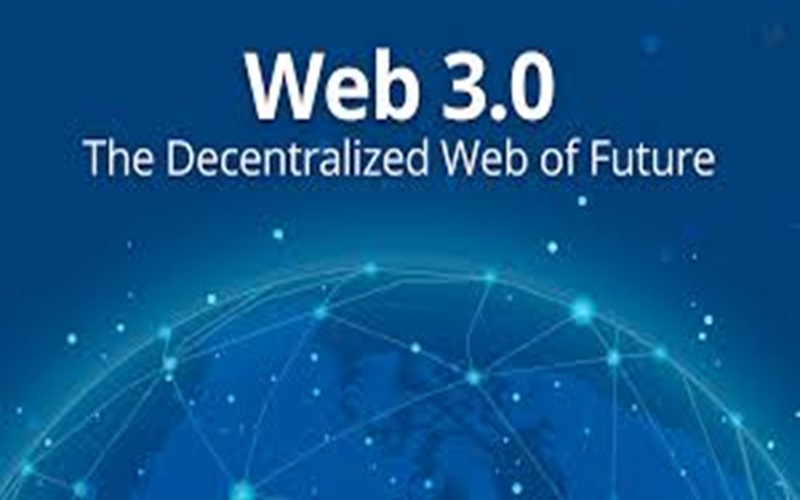
2. Artificial Intelligence (AI) And Machine Learning
Semantic Web uses natural language processing-based technologies to help Web 3.0 enable machines to comprehend information similarly to humans. Web 3.0 uses machine learning included in artificial intelligence (AI) which further copies human learning by using different data and algorithms which steadily improves the accuracy. Such capabilities foster targeted advertising that makes for the majority of present efforts and also results in faster and more relatable outcomes in various fields like medical development and other new materials.
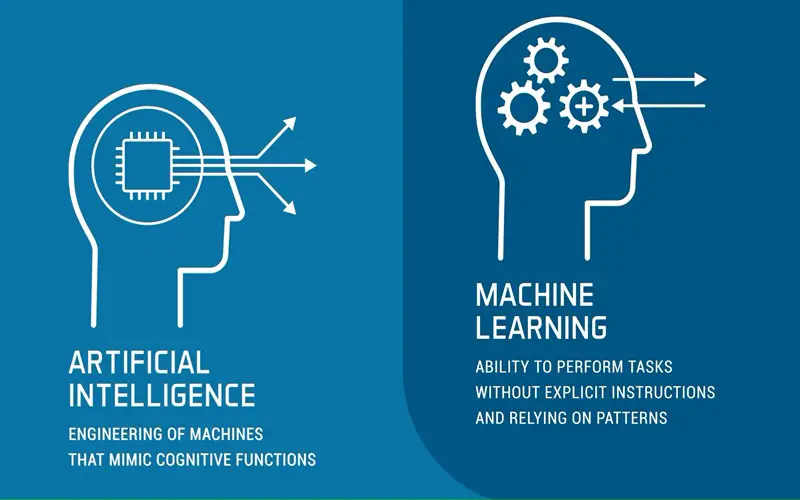
3. Blockchain-based
Web 3.0 distributed applications and services are because of the blockchain decentralization by which the data is managed and validated on a broader basis through peer-to-peer networks. It utilizes a hypothetically permanent record of exchanges causing a difference to promote innovation and construct belief among the members. These play a significant role as the essential structure for the Web 3.0 decentralized data model. Blockchain-based technologies such as cryptocurrencies, dApps, NFTs and smart contracts play important roles in Web 3.0’s highly distributed and more personalized web experience.

4. Cryptocurrency-enabled
Some cryptocurrencies like Bitcoin are based on blockchain digital currencies. With it playing the role of a critical feature for Web 3.0, cryptocurrency is anticipated to essentially replace the “fiat currency” issued by government central banks. These monetary standards utilize cryptography to secure the forms of creating financial units, conducting exchanges, and confirming ownership changes. currencies use cryptography to secure the processes of generating monetary units, conducting transactions, and verifying ownership changes. Crypto is expected to be the Web 3.0 coin of the realm, according to supporters.
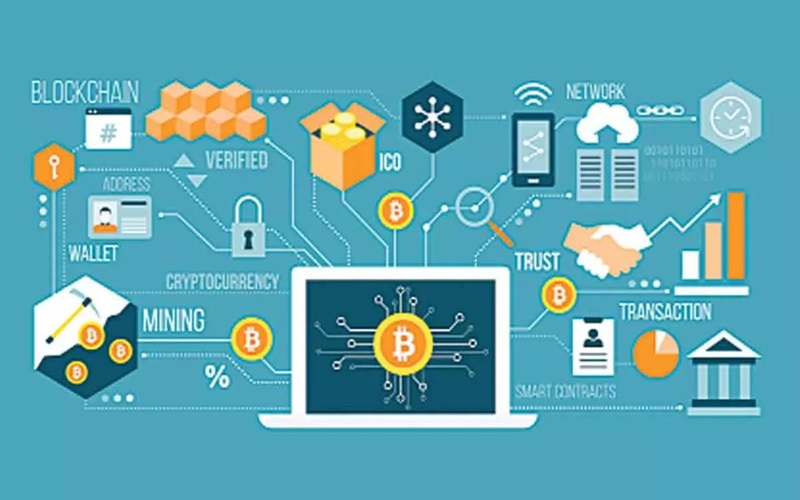
5. Semantically Organized
The idea behind the creation of this web is to categorize and store information in such a way that it teaches an AI-based system about the meaning of data and information. Through this, it will be easier for websites to understand the words in search queries the same way a human would. It enables them to generate and share better content with the users.
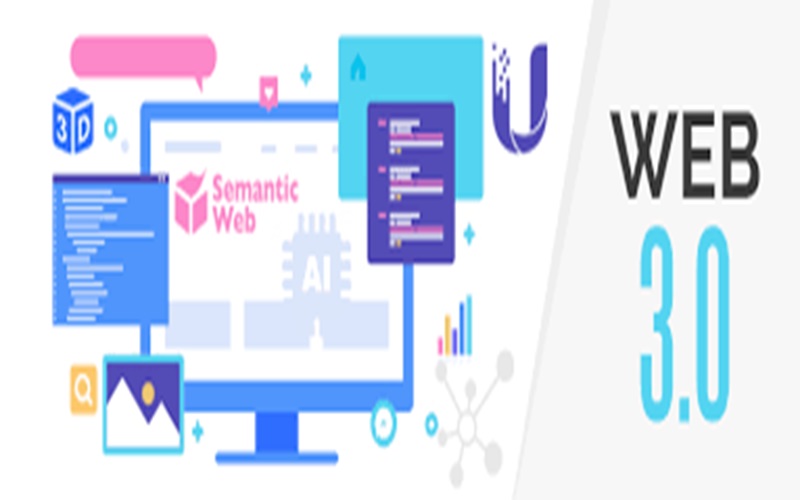
6. Autonomous And Artificially Intelligent NFTs
Automation is a key feature of Web 3.0, primarily powered by AI. Websites equipped with AI filters provide data that individual users need. NFTs Non-fungible tokens, on the other hand, are a unique kind of cryptographic asset used to create and at the same time authenticate the ownership of digital assets. NFTs play a significant role in knowing how valued things are created and exchanged on Web 3.0.
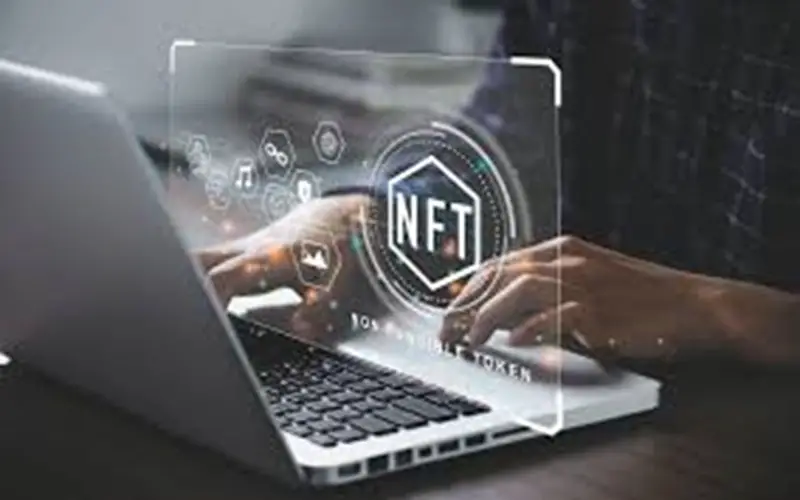
7. dApps-Technical Requirements
Like Blockchains, dApps are frequently resource-intensive and require costly equipment updates. These are open-source applications built on decentralized blockchains almost which we talked about earlier. These are supplemented by others. Such changes are recorded on the blockchain’s dispersed record. Currently, there are dApps for middleware, charitable gifts, and social media platforms, among thousands of others.
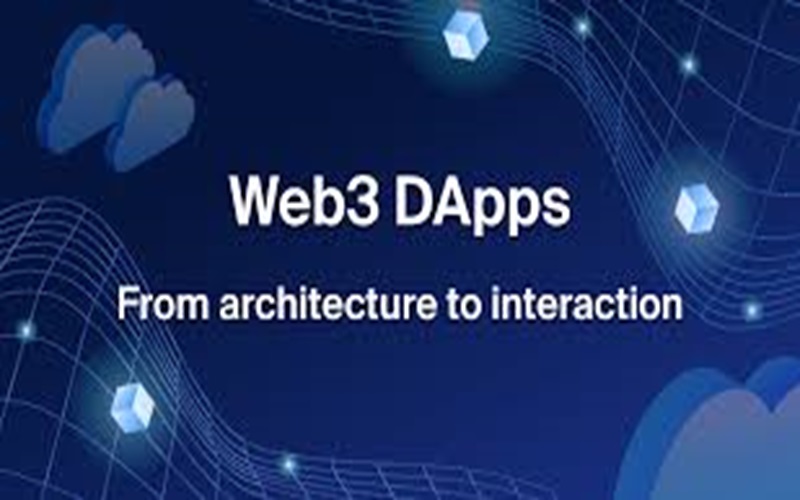
8. Smart Contracts
It could be sort of a dApp that is presently the premise for emerging blockchain applications and is anticipated to play a noteworthy part in Web 3.0. These are not some contracts in a legitimate sense but program codes. Their legal status is, however, yet to be decided in most jurisdictions, but they are more responsive to changing conditions than conventional contracts. Smart contracts can be powerful Web 3.0 instruments for blockchain clients and apps to connect in trustworthy ways.
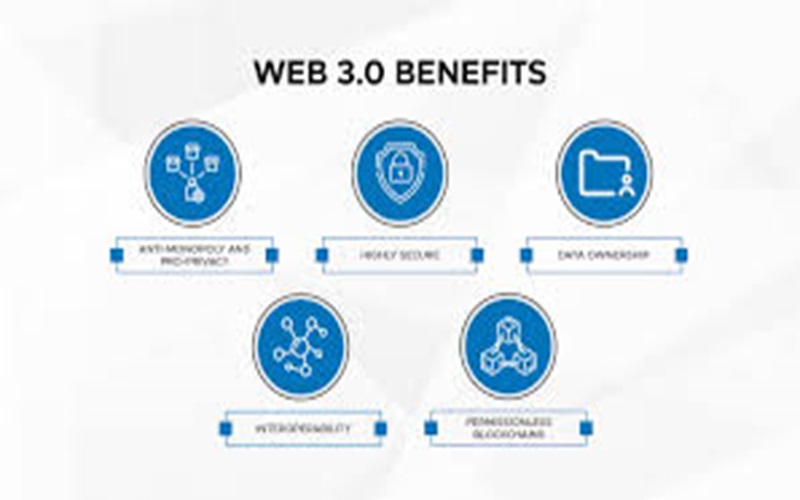
9. Investment
An intelligent and obvious step is to invest in cryptocurrencies. A few exchange-traded funds (ETFs) have emerged to bring together the stocks of Web 3.0 companies in a single fund for investors to buy. There are also specific ETFs and mutual funds that pile up cryptocurrencies. More successful companies like Google and Meta as direct Web 3.0 investments are also considerable. The efforts for Web 3.0 contribute a small fraction of their businesses, but that could change quickly.

10. Web3.0 Role In Companies
There are slight differences between Web3 and Web2. In Web3, users would not need separate log-ins for every site they visit. Instead, they will use a centralized identity like a crypto wallet that will carry their information. They will have more control over the sites they visit. They earn or buy tokens that will allow them to vote on decisions. The Bored Ape Yacht Club (BAYC), NBA Top Shot, and the crypto gaming giant Dapper Labs have built thriving NFT communities.

Conclusion
All in all, Web 3.0 offers a much more individualized surfing experience. Websites will be able to automatically adjust devices, location, and any accessibility needs they might have, and web apps will become way more receptive to the usage patterns.



